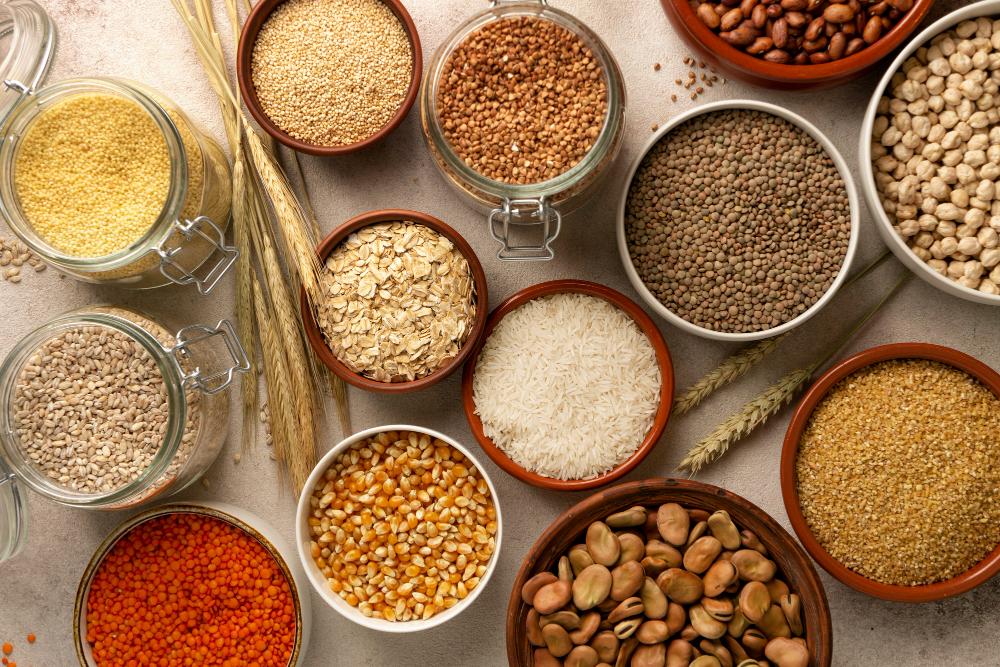In today's interconnected global market, the price volatility of agricultural commodities remains a significant concern for producers, traders, and consumers alike. The ability to accurately predict future prices is a skill that can provide a competitive edge and facilitate informed decision-making. This blog post delves into the realm of commodity forecasting, specifically focusing on the intricate process of price forecasting for agricultural commodities.
The Significance of Price Forecasting
Price forecasting serves as a guiding light for participants in the agricultural sector, allowing them to anticipate market movements, plan production cycles, manage risks, and optimize pricing strategies. For instance, a farmer deciding which crops to cultivate in a given season can make more informed choices by considering the projected prices of different commodities. Similarly, traders can devise effective hedging strategies to mitigate potential losses stemming from unexpected price fluctuations.
Understanding Commodity Forecasting
Commodity forecasting involves the use of historical data, market analysis, and statistical models to estimate future prices. In the case of agricultural commodities, a myriad of factors come into play, making the process particularly complex. These factors include weather conditions, geopolitical events, supply and demand dynamics, government policies, and technological advancements. Skillful commodity forecasters must balance these multifaceted variables to produce accurate predictions.
Challenges in Agricultural Commodity Price Forecasting
● Weather Volatility: Agriculture is profoundly affected by weather patterns, making accurate forecasting a challenge. Unexpected weather events like droughts, floods, or unseasonal frosts can significantly impact crop yields and, consequently, prices.
● Supply and Demand Dynamics: Fluctuations in supply and demand are fundamental drivers of price changes. Predicting shifts in consumption patterns, changing demographics, and emerging markets requires a deep understanding of economic trends.
● Global Trade and Geopolitics: Agricultural commodities are subject to international trade agreements, tariffs, and geopolitical tensions. Unforeseen political decisions can swiftly alter market landscapes, rendering conventional forecasting models inadequate.
● Technological Advancements: The integration of technology in agriculture, such as precision farming and genetically modified crops, can rapidly change production levels. Forecasters must keep pace with these advancements to gauge their impact accurately.
Approaches to Agricultural Commodity Price Forecasting
● Statistical Models: Time series analysis and econometric models are commonly employed techniques for commodity price forecasting. These models examine historical price data, identify trends, and attempt to predict future movements based on patterns. However, their effectiveness can be hampered by sudden, unexpected events.
● Fundamental Analysis: This approach involves evaluating various fundamental factors that influence supply and demand. Analysts consider factors such as crop yields, global stockpiles, population growth, and economic indicators. While comprehensive, this method relies heavily on accurate data and assumptions.
● Machine Learning and AI: With the advent of big data and advanced computational techniques, machine learning algorithms have gained traction in commodity forecasting. These algorithms can process vast amounts of data, identify intricate patterns, and adapt to changing market conditions.
The Role of Technology in Modern Forecasting
In recent years, technology has revolutionized the field of commodity price forecasting. The integration of satellite imagery, weather sensors, and IoT devices provides real-time data on crop conditions, helping forecasters react swiftly to potential supply disruptions. Additionally, sentiment analysis of news and social media can offer insights into market psychology and anticipated shifts in demand.
The Imperative of Accurate Data
Accurate forecasting hinges on the quality of input data. Historical price records, weather data, geopolitical events, and economic indicators are all crucial components. Ensuring the reliability and timeliness of these data sources is paramount for producing meaningful forecasts.
Risk Management and Decision-making
Price volatility exposes stakeholders in the agricultural sector to financial risks. Farmers, agribusinesses, and investors must employ risk management strategies that align with the forecasted price trends. These strategies may include hedging with futures and options contracts, diversification of crops, or exploring alternative markets.
Conclusion
In the intricate dance of global agricultural markets, the ability to foresee price movements can make the difference between success and struggle. Commodity forecasting, particularly in the realm of agricultural commodities, remains a formidable challenge due to the myriad of unpredictable variables. Yet, through a combination of historical analysis, technological innovation, and robust data, experts can navigate this complex landscape with increasing accuracy.
As we journey deeper into the 21st century, the evolution of technology continues to reshape the contours of commodity forecasting. Machine learning, AI, and real-time data collection mechanisms hold the promise of more refined predictions. However, the human touch – the understanding of context, the interpretation of nuanced factors, and the flexibility to adapt to unforeseen events – remains an irreplaceable aspect of effective agricultural commodity price forecasting.
Source: https://tealfeed.com/navigating-uncertainty-art-agricultural-commodity-price-cjopc




